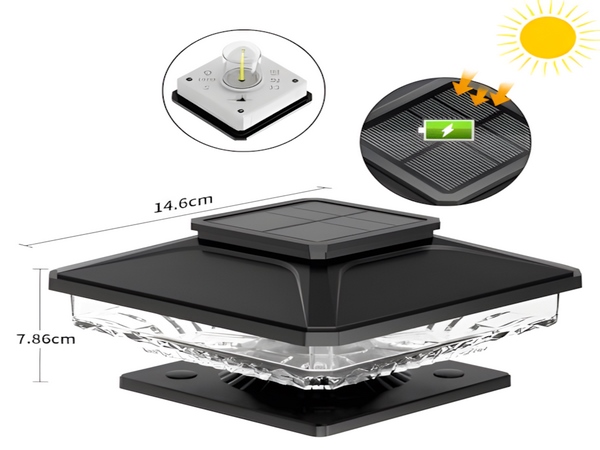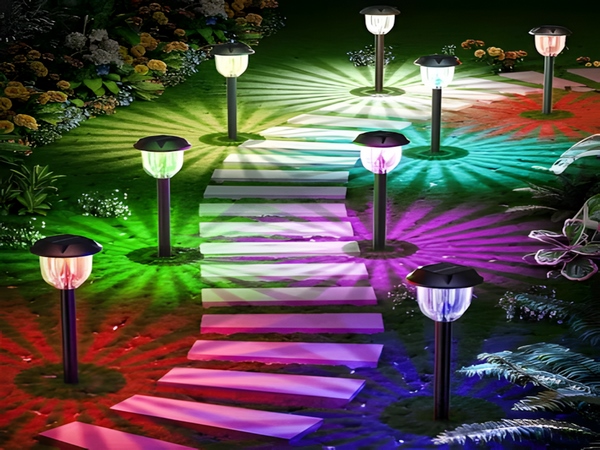
The domestic solar street light market is becoming increasingly prosperous, with a wider variety of products that are also more energy-efficient and environmentally friendly. The after-sales service for solar street light installation is continually improving. Nowadays, many manufacturers focus their product development on the needs of users. Responding to user needs and providing high-quality products is key to development. So how can we identify the quality of solar street lights? Here are some insights.
1) Understand the Manufacturer
First, it is essential to identify a reliable manufacturer. Generally, if you make a good choice here, the quality of solar street lights should be assured. The concern arises when an unreliable manufacturer is chosen. In the era of big data, it is easy to learn about a manufacturer through their reputation and capabilities.
It is preferable that the manufacturer has several years of experience. Such manufacturers usually have an advantage in technology and problem-solving capabilities, allowing them to better understand customer needs. Additionally, one should look at the suppliers of components used by the manufacturer, since many components, such as LED bulbs and controllers, are purchased and assembled from other companies. If these suppliers are well-known brands, customers will naturally feel more at ease.

2) Understand the Raw Materials
Next, you should thoroughly understand the raw materials used in solar street lights, including poles, solar panels, light sources, cables, and batteries. For instance, poles made of hot-dipped galvanized Q235 steel or anodized aluminum are preferable. Under similar conditions, monocrystalline silicon has the highest photoelectric conversion efficiency, while LED sources are more environmentally friendly and have a longer lifespan.
Cables should preferably be copper, as they offer better conductivity and lower flammability compared to aluminum. Lithium iron phosphate batteries are the best choice, as they have a high capacity, greater discharge depth, and a significantly longer lifespan than many commonly used batteries. You get what you pay for; better quality products tend to be priced higher. Therefore, do not compromise on quality just to save a few dollars.
3) Examine the Product Itself
Solar street lights are not mass-produced items; therefore, regardless of your requirements or the manufacturer’s promises, you cannot determine the final quality without seeing the product. Users need to examine the product itself. Most street lights prioritize functionality, but aesthetics should not be completely overlooked.

If the finished product has uneven colors or signs of cracking and peeling, it is reasonable to doubt its quality. Thus, the appearance of the product should be considered. When conditions allow, pay attention to the product’s modernity and aesthetic appeal—who does not appreciate a visually pleasing street light?
In addition to appearance, it is vital to examine the product parameters provided by the manufacturer. These should be clear and comprehensive, covering aspects such as power, operating voltage, and battery capacity, current, and voltage. Understanding these details can give you more confidence in your choice.
This concludes our insights on how to assess the quality of solar street lights. As the saying goes, just because something is expensive does not mean it is the most suitable option, as this could only lead to higher costs without achieving ideal lighting outcomes. A solar street light should be easy to use and provide excellent illumination to be considered suitable for road lighting.



